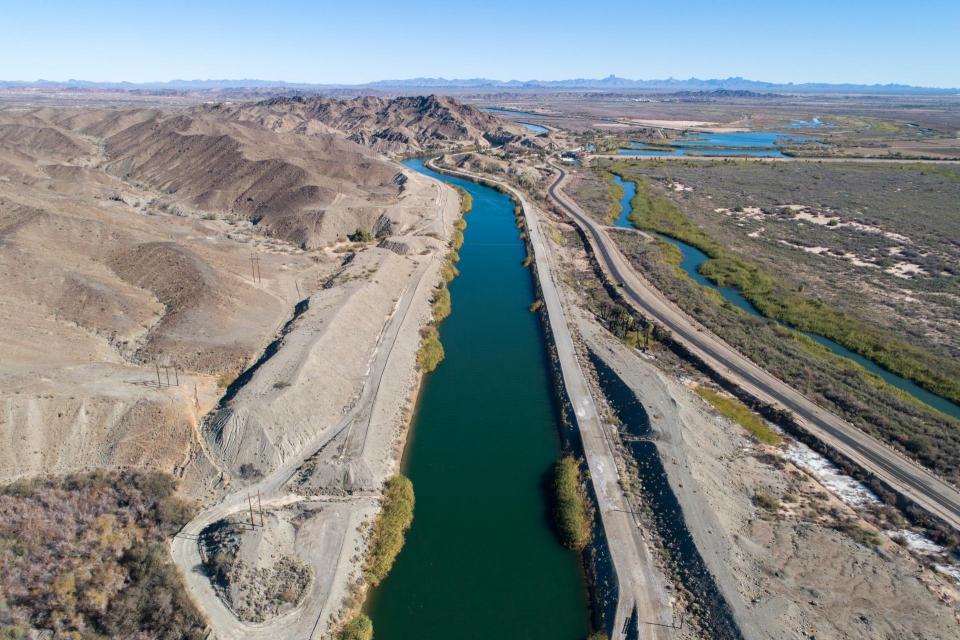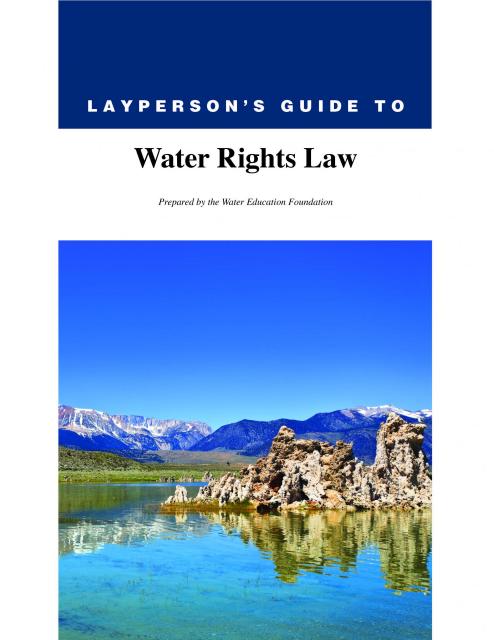Water Rights in California
California’s growth has closely paralleled an evolving and complex system of water rights.
After California became a state in 1850, it followed the practice of Eastern states and adopted riparian rights based on ownership of land bordering a waterway. The riparian property owner has the right to use that water, a right that cannot be transferred apart from the land.
At the same time, during the Gold Rush, miners using sluice boxes and water cannons to scour gold from the Sierra Nevada foothills developed a different system of claiming rights to take and transport water. Early settlers could appropriate water through “first in time, first in right,” which essentially granted rights to the first person to claim a source of water.
More formally known as appropriative rights, this practice allows for water use based on physical control and beneficial use of the water without regard to the relationship of land to water. These rights are entitlements to a specific amount of water with a definite date of priority and may be sold or transferred.
It wasn’t long before conflicts developed between holders of riparian and appropriative water rights engaged in conflicts that continue to this day.
‘Reasonable and Beneficial’ Use
More recently, the state courts in California have increasingly recognized instream uses and expanded public trust values in determining how the state’s water resources should be best used.
Additionally, the California Constitution requires that all water use be both “reasonable and beneficial” under the Constitution’s Article X, Section 2.
Beneficial uses include irrigation; recreation; hydroelectric power; supplying residential, municipal and industrial needs; and protection and enhancement of fish and wildlife.
Reasonable use, however, is more difficult to categorize. It is defined in part by what it is not; that is, waste or unreasonable use. According to the California Supreme Court, reasonableness is determined by the circumstances, “but varies as the current situation changes. The Court can determine this qualification, as society and circumstances evolve.
State vs. Federal Water Rights
Water rights, or allocation of water supply, are governed mostly by state law. Water quality issues, which may affect allocation, are regulated separately under federal and state law.
The federal government may affect water rights through laws such as the Endangered Species Act — protecting endangered or threatened species— and the Federal Power Act — the licensing and operating of hydropower dams and reservoirs used to generate electricity. The U.S. Bureau of Reclamation, which constructs and operates water projects, can affect state allocation of water.
Water rights are an important part of California’s water issues and projects. For instance, the state and federal governments had to negotiate agreements with water rights holders to build and operate their river water storage and distribution systems – the federal Central Valley Project and the State Water Project. Water rights issues are a recurrent theme in discussions involving the Sacramento-San Joaquin Delta, the heart of California’s water supply system, and can figure in deals to transfer water from one user to another.
Drought and Climate Change
California’s water rights system faces increasing scrutiny as climate change brings longer and more severe droughts. Water experts, lawmakers, environmental groups and tribes are pushing for a variety of reforms.
The State Water Resources Control Board has been pursuing greater oversight of “senior water rights” since the 2012-2016 drought. Senior water rights — those claimed before 1914 when the state began regulating water ownership and use – are subject to less state regulation. Holders of these rights include many cities and agricultural irrigation districts as well as individual landowners.
In 2023, Gov. Gavin Newsom signed into law Senate Bill 389, a bill that would give the water board more explicit authority to investigate whether diverters of rivers and streams are acting within their legal rights and to punish violators as trespassers.










